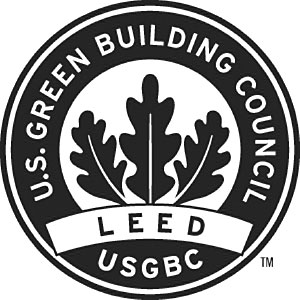 |
Leadership in Energy and Environmental Design (LEED), an international certification system that ensures environment-friendly design in buildings, is going to be incorporated for the first time in Kathmandu, in a real estate project by Crystal City Developers in Tahachal. A client of the consultancy firm Technical Interface in Thamel, the Crystal City Developers project will be monitored in seven categories that guarantee certification: site sustainability, water efficiency, energy performance, material reuse, indoor environmental quality, innovation and design process, and regional priority in building. LEED certified professional Sujata Tuladhar will be working with the US-based Green Building Council (USGBC).
The concept comes from the US, but several aspects work well for buildings in our local environment. "LEED makes you go back to the basics," says Bibhuti Man Singh, Senior Architect and Proprietor of Technical Interface. "Over the years, architects have been distracted by the business side of architecture and have left behind the basics of building science," he says. "Basic facts such as how much insulation is needed during summer and winter, and how, say, the thickness of walls or the design of a room itself can meet these needs have been forgotten. They have been replaced by mechanical augmentations such as air-conditioners and heaters."
More reliance on 'active methods' of balancing room temperature mean most newer buildings in Kathmandu have more embedded energy, according to Singh, which leads to bigger carbon footprints. But carbon footprints as well as long-term energy costs will be reduced significantly by adopting LEED.
Most city developers have not yet recognised the social and material benefits of LEED, however. "Abiding by LEED criterion might increase the cost of construction by 10-20 per cent, but at the same time, it increases the prestige of a commercial building, for it speaks of their environmental stewardship," says Sujata Tuladhar, who acknowledges the lack of a niche market for LEED in Nepal. "Existing buildings can adopt LEED too through the LEED for existing buildings (LEED-EB) program, whereby one can improve sustainability by refurbishing AC systems, for instance." But Singh expresses frustration. "Big real estate developers are not pushing it, even though adopting LEED would not create too many costs. In fact it would make good marketing sense for them as it would have a great impact on the communities they build for," he says. With loadshedding creeping up on us already, there really is no argument against working to save energy.


